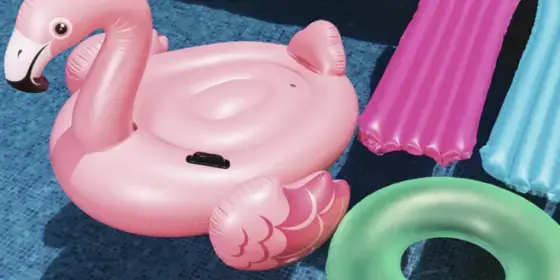I have always loved piggy banks. As a child, I loved filling my piggy bank with the extra change I found hidden underneath couch cushions and other nooks and crannies.
I recently purchased a new piggy bank for my son that has four slots: Spend, Save, Donate and Invest. These four categories define the different ways children spend money. It’s important to take the time to explain to your children how each category is different and how managing all four of them can help increase their financial acumen.
Spend
This is the money to use when your child wants something small or wants to purchase something on a whim. Your child may want to spend a portion of what he or she gets immediately, and that’s okay. By letting your children have actual money, it becomes tangible. Because they are limited to the amount of cash they have on hand, your children will know exactly how much they are able to spend. It’s important to teach your children how to handle cash before they get to an age where they can use credit cards.
Save
This is money I refer to as “deferred spending.” This is money that your child is saving for a specific reason, such as to buy a bike. Once your child has enough money to make the purchase, the money will be spent.
By having money that your child regularly saves, it helps teach him or her that we can’t have everything we want immediately. Sometimes, we don’t have enough money to make a purchase right away, and we can’t spend more than we bring in as income, or in the case of your child, receive as an allowance.
Donate
It’s important to teach your children the importance of sharing and giving back to your community. To make it feel real to your children, have them use this money to buy gifts for less fortunate children around the holiday season. As your children get older, let them choose causes they want to donate to.
Invest
This is money for the long term and a goal of growth. The idea of investing money for something that is potentially decades away can be a challenging topic for children to get their heads around. Choose an area in which to invest this money, and each month, review the statements with your children so they can see how the money potentially grows. This will help teach them about the power of compound interest. Once they get older, this is money that may be used for a car or for college–your children may instead choose to stay invested and allow the money to potentially grow for an even longer-term goal. By teaching your children how money can grow for the long term, you can help them make stronger financial decisions when they go out into the world.
Investing involves risk, including loss of principal.


